Let the Spatial Computing revolution begin
Apple’s Vision Pro, heralded as a breakthrough in spatial computing, is proving to be one of the most divisive products in recent years. Designed as an augmented reality (AR) headset that promises to blend the digital world with the real one, Vision Pro is supposed to revolutionize the way professionals work. However, it seems that Apple may have missed the mark with this product, particularly in attracting the mainstream market. In this article, we will dive deep into the reasons why Apple has failed with the Vision Pro, focusing on its appeal to professionals in filmmaking, IMAX enthusiasts, and video editors. We’ll discuss its pros and cons, explore health concerns, and explain why it has struggled to gain traction in key professional sectors.
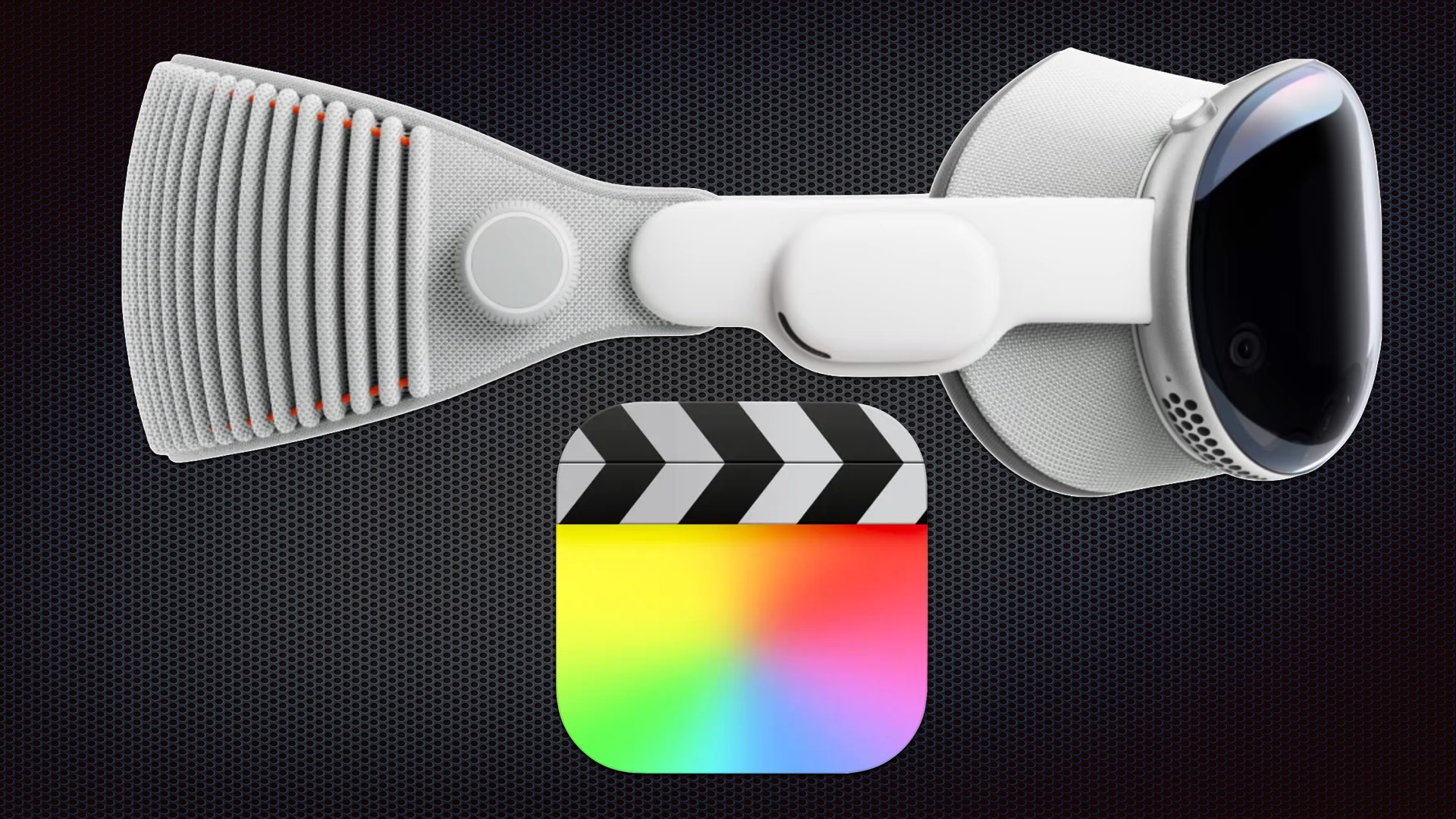
A professional tool, not a consumer gadget
The Vision Pro, at its core, seems designed for professionals rather than the general public. As a result, it has faced limited enthusiasm from the mainstream market. Apple’s decision to position it as a “spatial computer”—a replacement for traditional computers and tablets—has failed to resonate with a wider audience. The cost, complexity, and niche use cases mean that professionals in fields like filmmaking and immersive content creation are the primary targets. The price tag of $3,499 (or more depending on the configuration) has made it inaccessible to most consumers, and even many professionals question whether the Vision Pro offers enough value to justify the expense. As highlighted in the article “An Inside Info from an Apple Vision Pro Developer“, the device’s design leans toward professionals who already work with advanced equipment like high-end cinema cameras and post-production software. However, even for those professionals, the product feels more like a luxury than a necessity.
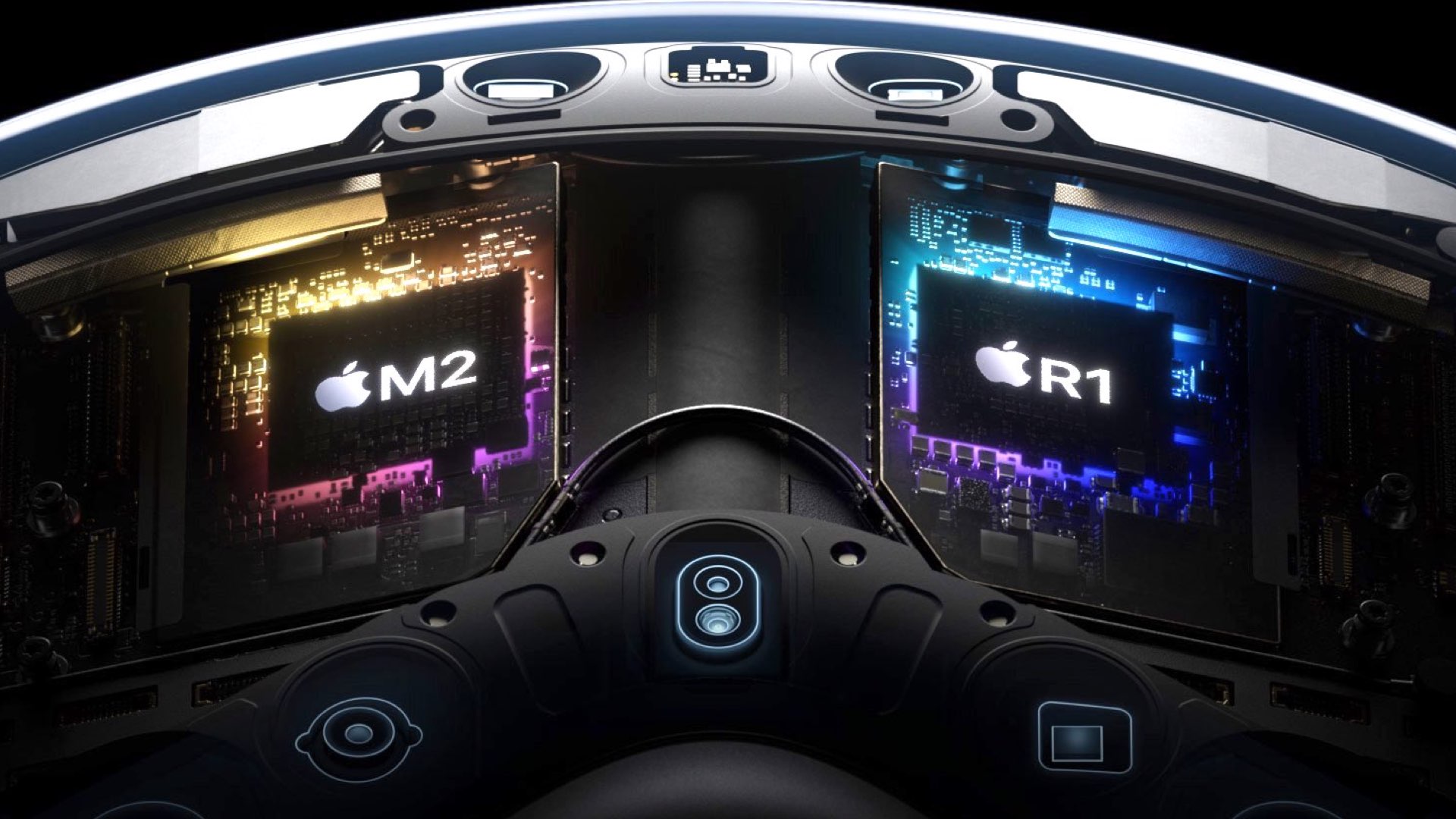
Pros of the Apple Vision Pro
Before diving into why the Vision Pro has failed, it’s important to acknowledge some of its strengths. These include:
- Innovative Display Technology: The Vision Pro offers dual 4K micro-OLED displays, resulting in an 8K immersive experience, perfect for filmmakers and content creators dealing with high-resolution imagery. Articles like “Apple Introduces its New 8K 3D Cinema Camera“ tie this display technology to Apple’s push toward 3D ultra high-resolution cinema and immersive content creation.
- Immersive Environment for Professionals: As a tool, the Vision Pro provides an immersive environment for film editors, 3D modelers, and animators. Its potential in moviemaking has been explored in “Can the Apple Vision Pro be Utilized in Moviemaking?”, which considers how this technology could offer an entirely new way of working in virtual studios.
- Spatial Editing Capabilities: The Vision Pro’s capability for “spatial editing,” especially when paired with Final Cut Pro, is a technical advantage. “Welcome to the Era of Spatial Editing“ explains that this technology could theoretically revolutionize post-production workflows by offering a 3D editing space. However, the article also notes that the practicality of such a system in the real world remains questionable.
- Advanced Filmmaking Possibilities: The headset has the potential to transform how filmmakers and content creators interact with their material. Articles like “Big Sky Camera: Apple Vision Pro, the Perfect Match?“ investigate how Vision Pro could enhance the viewing and production of large-format content, potentially even replacing the need for traditional IMAX screenings.
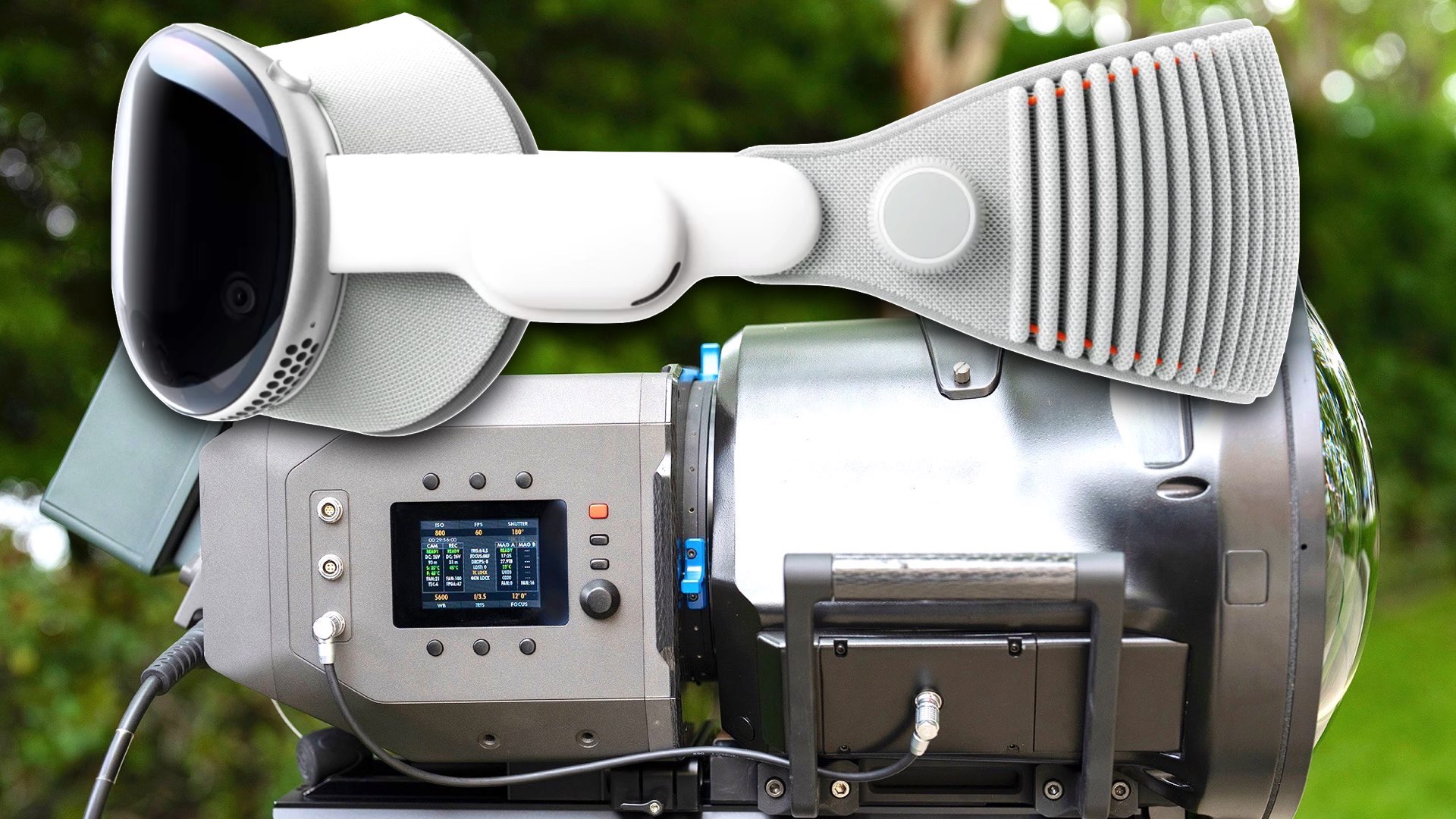
Cons: The barriers to widespread adoption
Despite its technological advantages, the Vision Pro suffers from several drawbacks that have prevented it from becoming the game-changer Apple hoped for:
- Cost: At $3,499, the Vision Pro is far more expensive than most consumers or even many professionals are willing to pay for a first-generation AR headset. As noted in “Apple Vision Pro Faces Manufacturing Difficulties“, the high price is due to the cutting-edge components, but it also limits its market to a niche of affluent professionals.
- Cumbersome Design: Although Apple is known for sleek, minimalist designs, the Vision Pro is relatively cumbersome, with many users noting that it’s uncomfortable for extended wear. The weight and size make it impractical for long work sessions, as noted in articles like “Apple’s Most Loyal Customers Are Returning Their Vision Pro“.
- Health Concerns: There are significant concerns about the health effects of using the Vision Pro, particularly over extended periods. As noted in “Researchers Warn Against Apple Vision Pro”, prolonged use of the headset can cause eye strain, headaches, and potentially even cognitive issues. The article references multiple studies that suggest that the immersive experience offered by the Vision Pro may come at a significant cost to users’ health.
- Limited Use Cases for NLE (Non-Linear Editing): While the Vision Pro boasts the ability to handle complex editing tasks, it falls short of replacing traditional non-linear editing (NLE) software like Final Cut Pro. As explored in “Vision Pro and Final Cut Pro”, professionals still prefer traditional interfaces that allow for better control and precision. The Vision Pro’s immersive editing space lacks the tactile feedback and streamlined controls that professionals rely on, making it less attractive for serious editors.
- Return of Loyal Customers: One of the most telling signs of Vision Pro’s struggles is the high return rate among Apple’s most loyal customers. In the article “Apple’s Most Loyal Customers Are Returning Their Vision Pro“, many of these returns are driven by discomfort and eye strain. This is a critical failure for a product that Apple hoped would become as ubiquitous as the iPhone or MacBook.
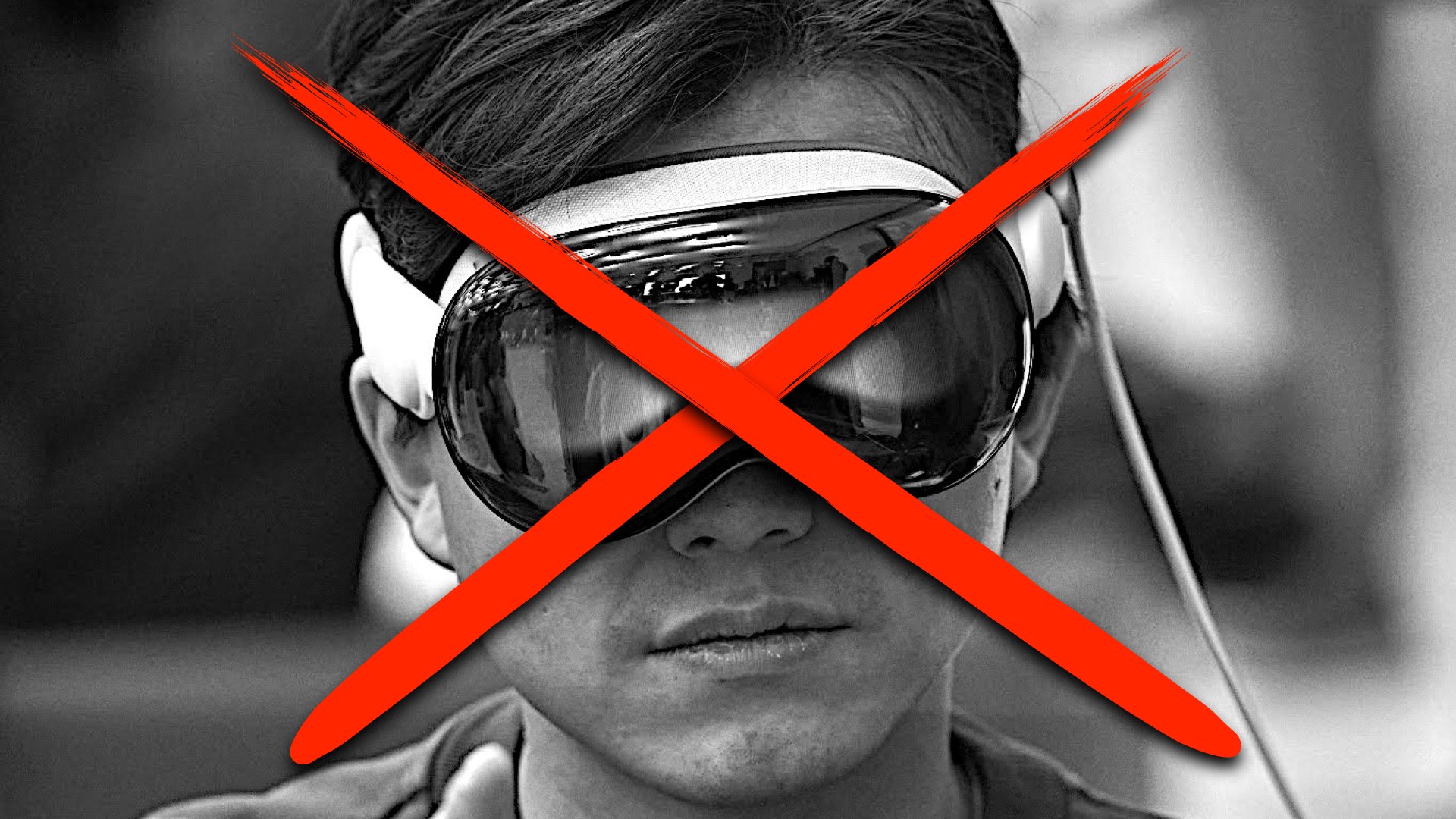
Health concerns and cognitive implications
The health concerns surrounding Vision Pro are one of the most significant factors contributing to its failure. Several articles, including “Researchers Warn Against Apple Vision Pro“, have raised the alarm about the potential cognitive implications of prolonged use. Researchers have pointed out that constant immersion in a digital environment, particularly one as realistic as the Vision Pro’s, could cause long-term cognitive disruptions. These concerns, coupled with the immediate discomfort caused by eye strain and headaches, are serious barriers to widespread adoption.
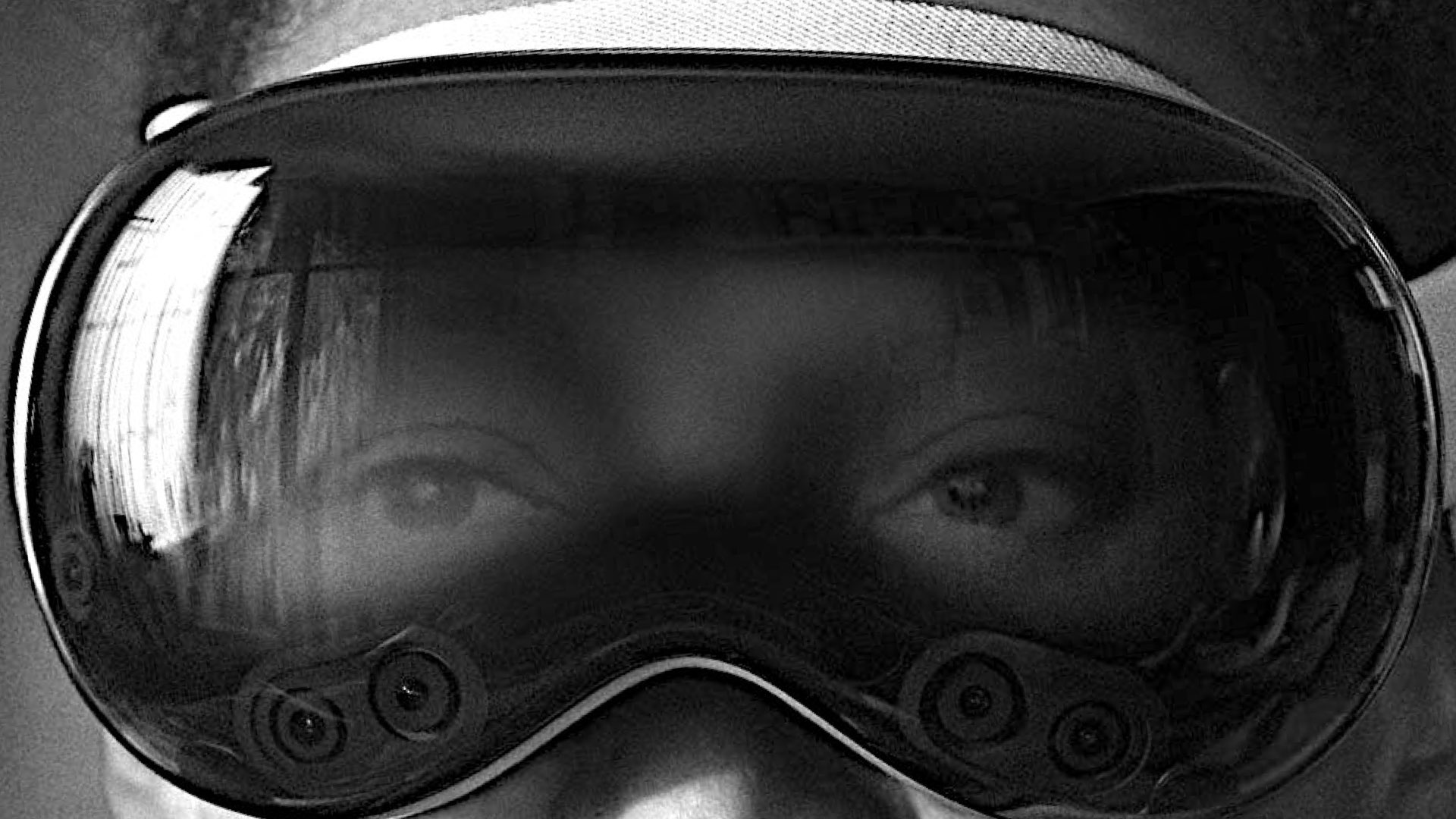
Manufacturing woes and delayed release
Manufacturing issues have also plagued the Vision Pro. The article “Apple Vision Pro Faces Manufacturing Difficulties“ explores the production challenges that have delayed the product’s release. While Apple is no stranger to manufacturing bottlenecks, the complexity of the Vision Pro’s components—especially its high-resolution displays—has made it difficult to produce at scale.
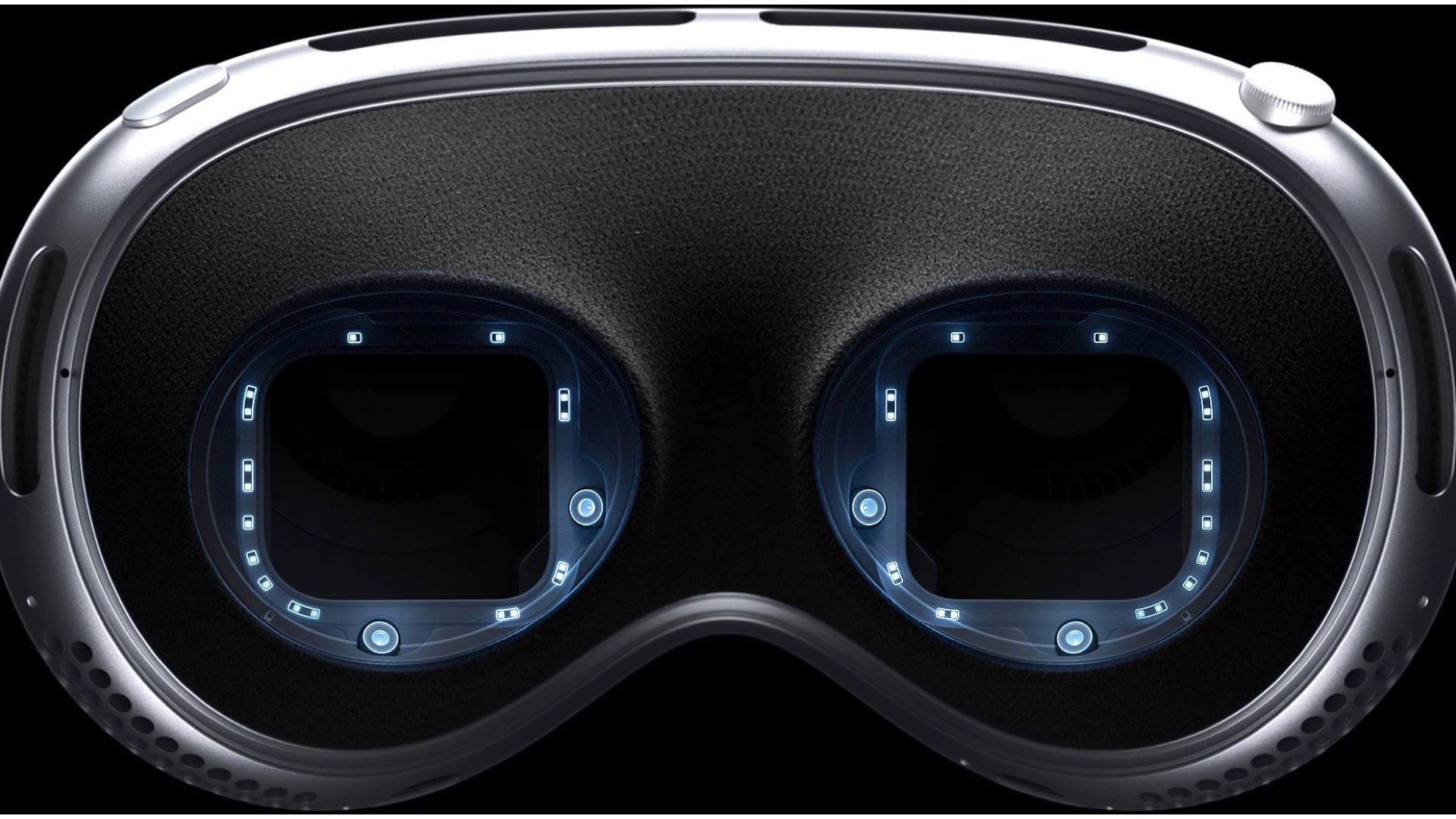
A missed opportunity for filmmakers and content creators
The Vision Pro had the potential to revolutionize filmmaking, particularly for professionals working with 3D and immersive content. The article “Apple Vision Pro: A Professional Content Creation Tool” outlines the theoretical benefits of using the headset in professional workflows. However, the Vision Pro has failed to deliver on its promise. The high cost, cumbersome design, and limited software integration make it less appealing to filmmakers who are already investing heavily in traditional production tools.
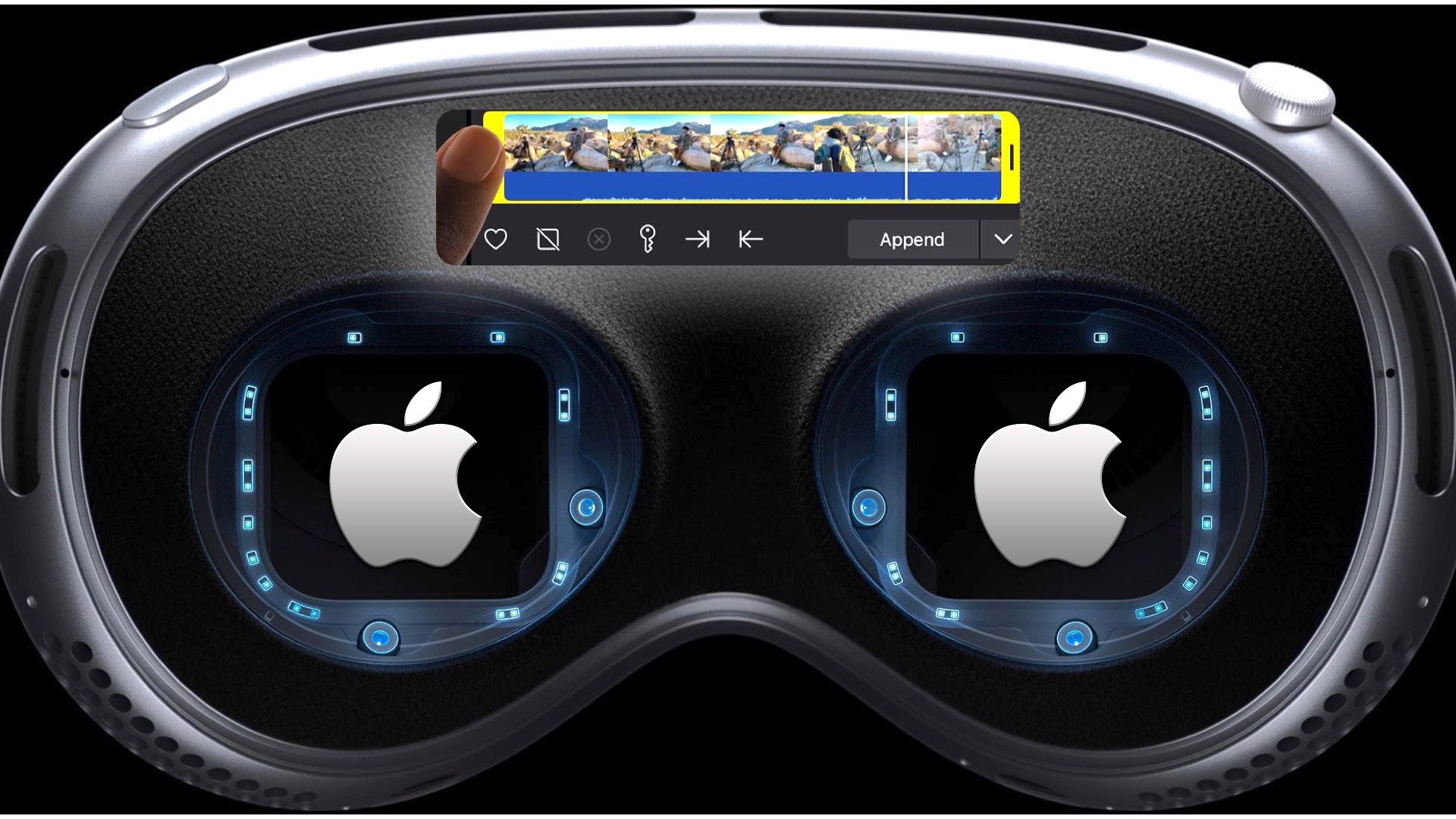
Why the Vision Pro isn’t a NLE replacement
One of the boldest claims made by Apple is that the Vision Pro could replace traditional computers and tablets for tasks like video editing. However, as discussed in “Can the Apple Vision Pro be Utilized in Moviemaking?“, the product falls short of replacing industry-standard tools like Final Cut Pro. The lack of tactile controls and the cumbersome nature of wearing a headset make it impractical for long editing sessions. Additionally, the Vision Pro’s software lacks the refinement and precision that professional editors require.
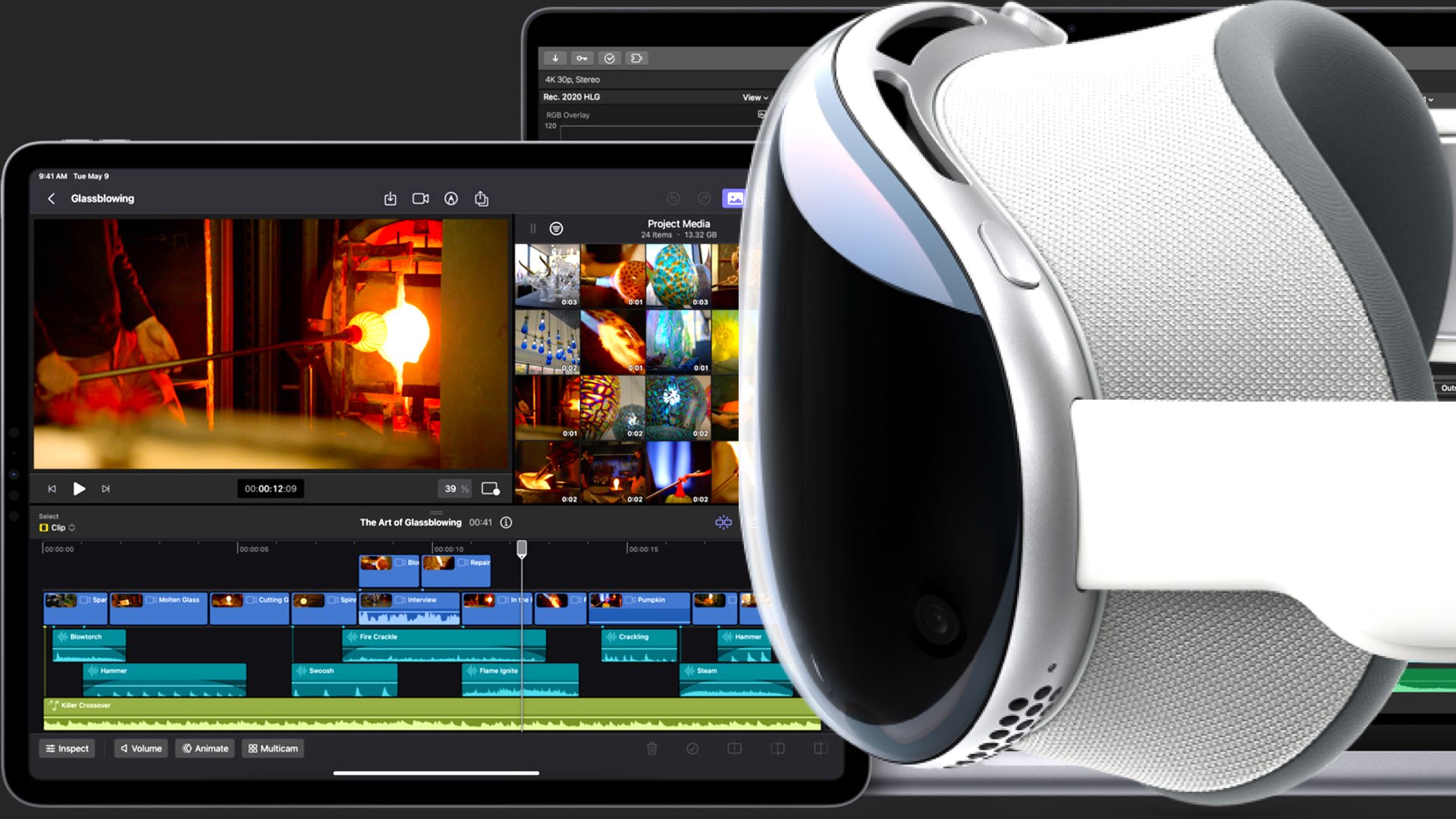
Apple’s Vision: A miss in the professional world?
In a recent interview with The Wall Street Journal, Apple CEO Tim Cook discussed the future of Vision Pro, positioning it as a transformative tool for the future of computing. In the interview, Cook reiterated that Apple sees the Vision Pro as a product that will shape the way people interact with technology in a fundamentally new way. However, this vision seems to clash with the reality faced by professionals, particularly in industries like filmmaking, editing, and immersive content creation. According to Cook’s Wall Street Journal interview (WSJ Interview), he remained optimistic about the Vision Pro’s potential to revolutionize productivity. But for professionals, especially those using traditional workflows, it seems to miss the mark. Instead of replacing tools like the Mac or iPad, as outlined in the article “Bloomberg: Apple Vision Pro’s Greatest Potential May Be Replacing the Mac and iPad”, the Vision Pro feels more like a niche product—one that struggles to find a place in the professional toolkit.
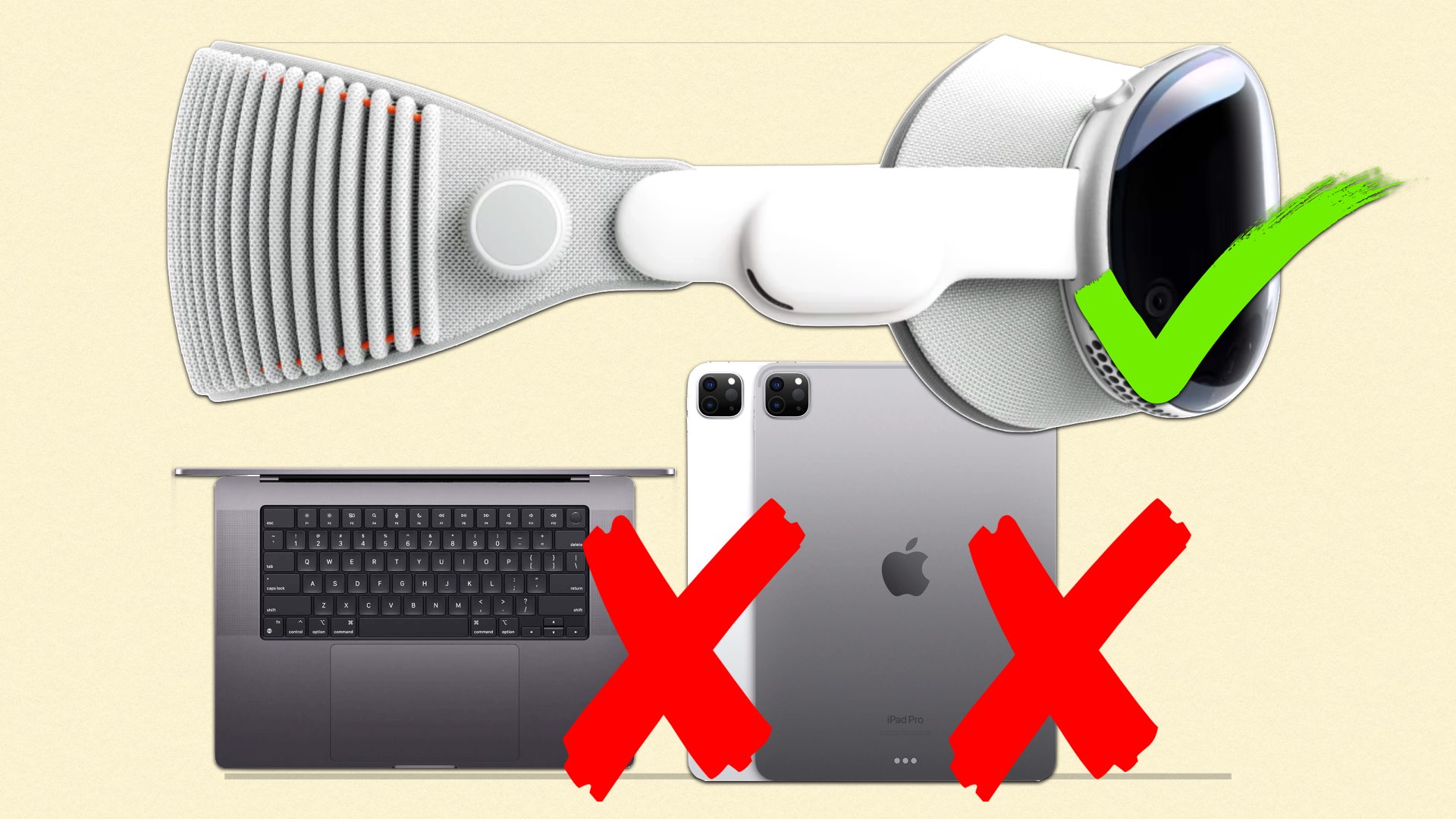
The Apple Vision Pro’s health drawbacks: A critical misstep
One of the most concerning aspects of the Vision Pro is its potential to cause health problems for users. We have been particularly vocal about these issues, noting in “Researchers Warn Against Apple Vision Pro“ that researchers are raising red flags about its cognitive and physical side effects. The immersive nature of the headset, which places users in a fully digital environment for extended periods, can lead to symptoms like eye strain, disorientation, and even cognitive fatigue. Another critical article, “Apple’s Most Loyal Customers Are Returning Their Vision Pro“, highlights the alarming return rates among early adopters. Even Apple’s most dedicated customers found the Vision Pro uncomfortable, with many reporting persistent headaches and eyestrain after only brief usage. These health-related issues may be a major factor in why the Vision Pro hasn’t gained traction with professionals. In professions that require long hours of concentration, like editing or filmmaking, a device that causes physical discomfort is simply not sustainable. And also there are cognitive and psychological issues with kids. However, the last sentence is our sole opinion based on our worries about the connection between youngsters and screens.
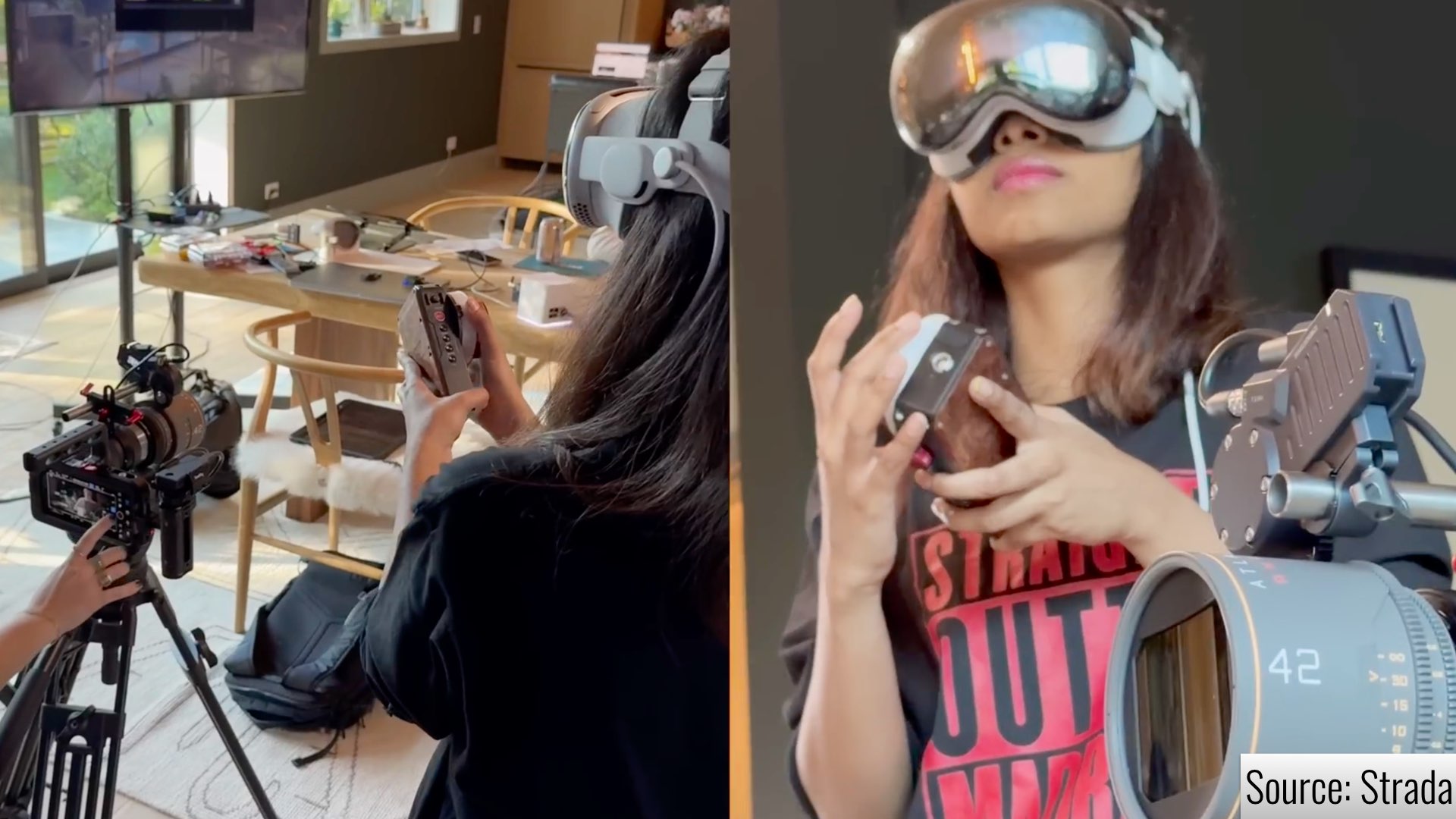
Vision Pro for Filmmakers and IMAX Enthusiasts
Despite its potential to immerse users in a new visual world, the Vision Pro’s appeal to filmmakers and IMAX enthusiasts has been underwhelming. Our article “Big Sky Camera: Apple Vision Pro, the Perfect Match?“ delves into whether this headset can deliver a cinematic experience capable of matching IMAX theaters or professional studio equipment. The Vision Pro’s 8K micro-OLED displays do offer incredible clarity, but this alone is not enough to make it a viable alternative to existing cinema or production tools. Moreover, the Vision Pro doesn’t integrate seamlessly into current professional workflows, especially when it comes to filmmaking. As noted in “Can the Apple Vision Pro be Utilized in Moviemaking?“, while the Vision Pro has the potential to act as a preview tool for directors or cinematographers working in 3D, the hardware limitations—particularly its bulk and cost—outweigh the advantages. Filmmakers and professional editors continue to rely on traditional monitors and editing tools, which offer better control, precision, and comfort over extended periods.
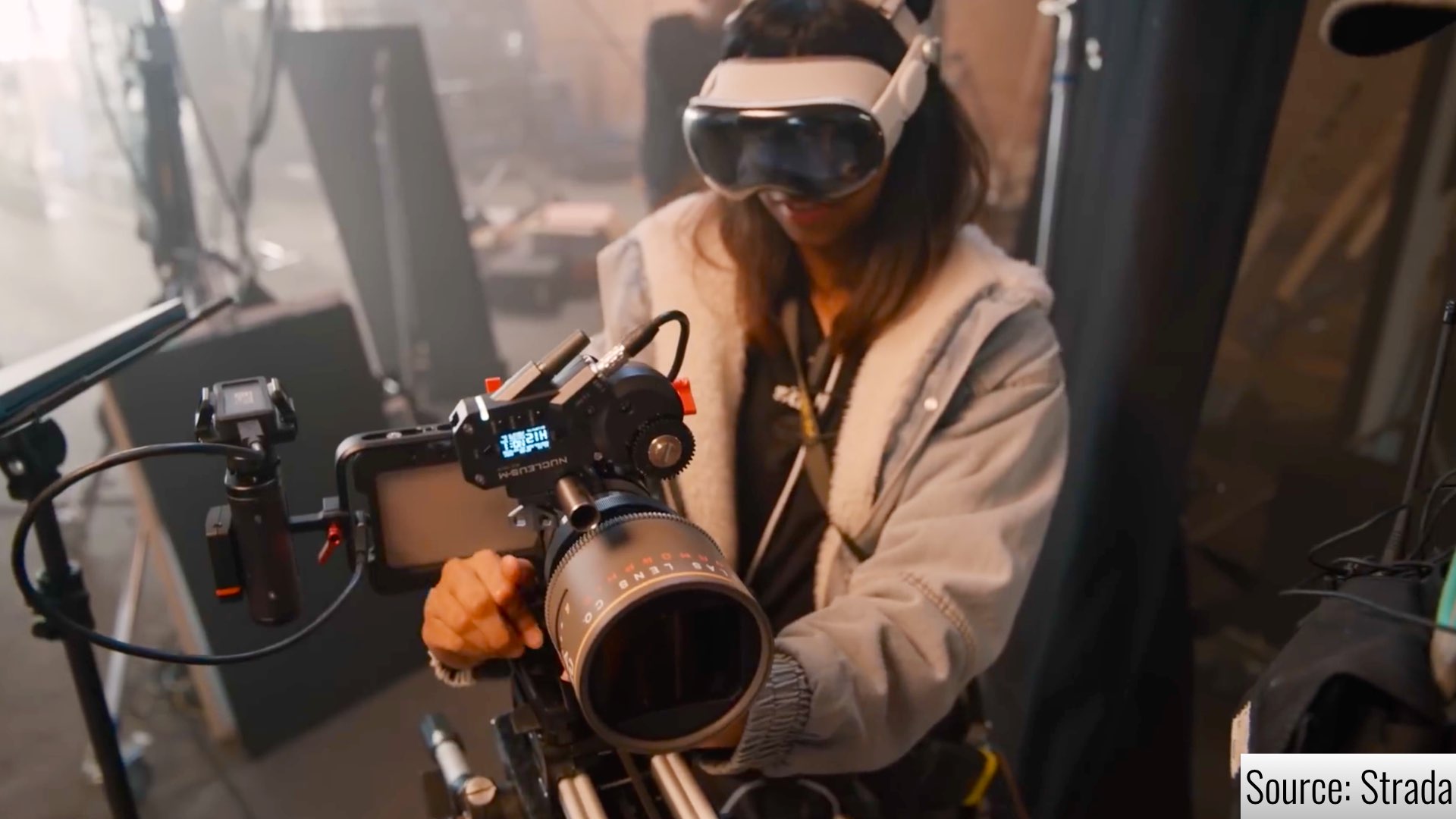
Apple’s misstep in trying to replace NLEs
Apple’s ambition to make the Vision Pro a replacement for non-linear editing (NLE) software like Final Cut Pro may have been overly optimistic. Our article “Welcome to the Era of Spatial Editing“ highlights Apple’s vision for spatial editing but points out that, for professional editors, it’s not an adequate substitute. Professionals working with NLE software depend on tactile feedback from traditional interfaces, such as keyboards and editing consoles, which provide the precision and efficiency needed to craft high-quality content. The Vision Pro, with its gesture-based controls and immersive editing environments, doesn’t offer the same level of comfort or precision. Editing in a virtual 3D space sounds exciting, but in reality, it introduces unnecessary complexity for professionals who need to work quickly and efficiently. As a result, many editors have dismissed Vision Pro as a novelty rather than a serious tool for editing feature-length films or complex video projects.
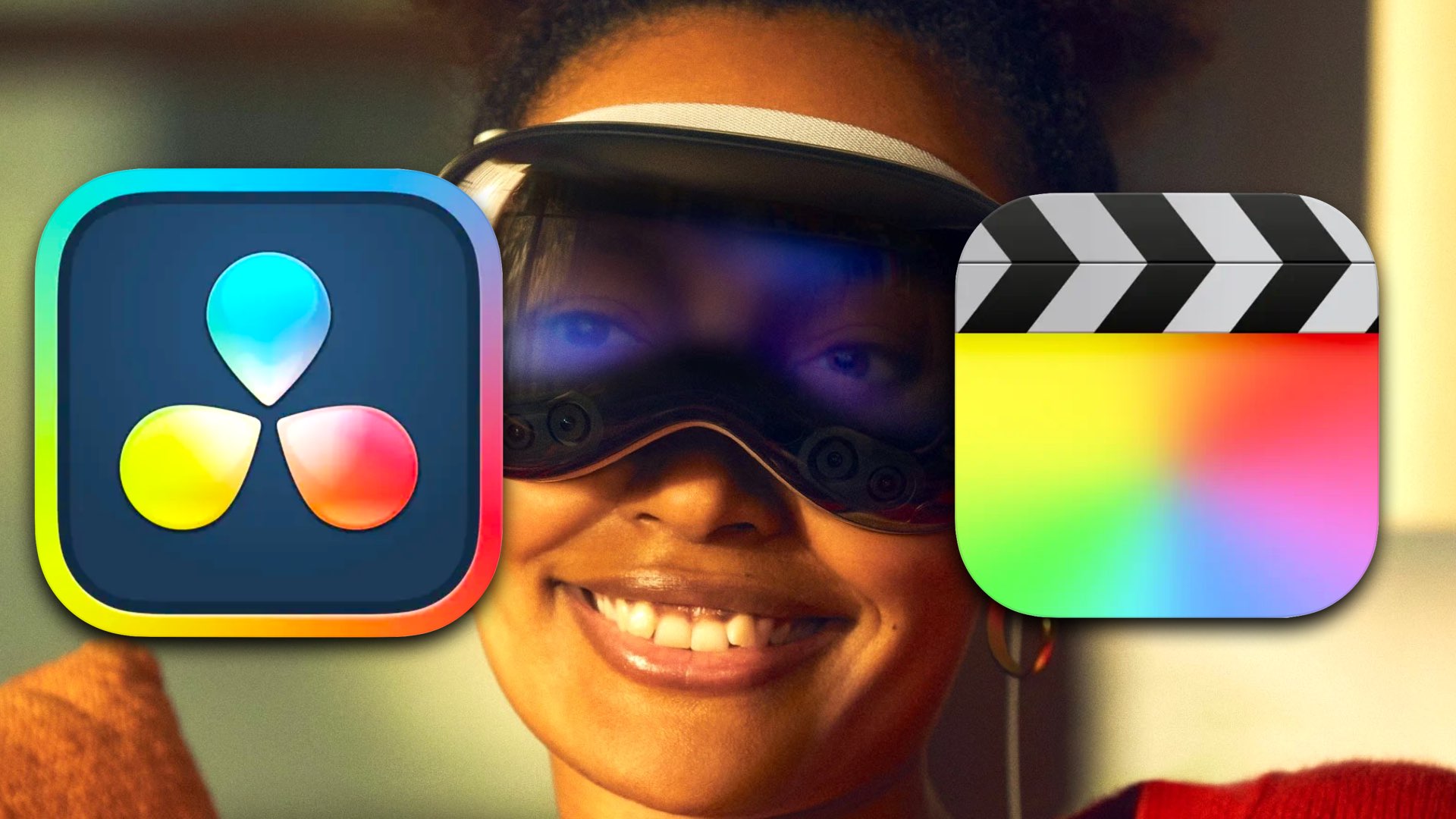
Conclusion: A product ahead of its time?
In conclusion, Apple’s Vision Pro is a product ahead of its time—but perhaps too far ahead. Its technological advancements are impressive, particularly in display quality and immersive experiences created by dedicated tools like the recently announced Apple 3D 8K Cinema Camera (explore the pictures below).
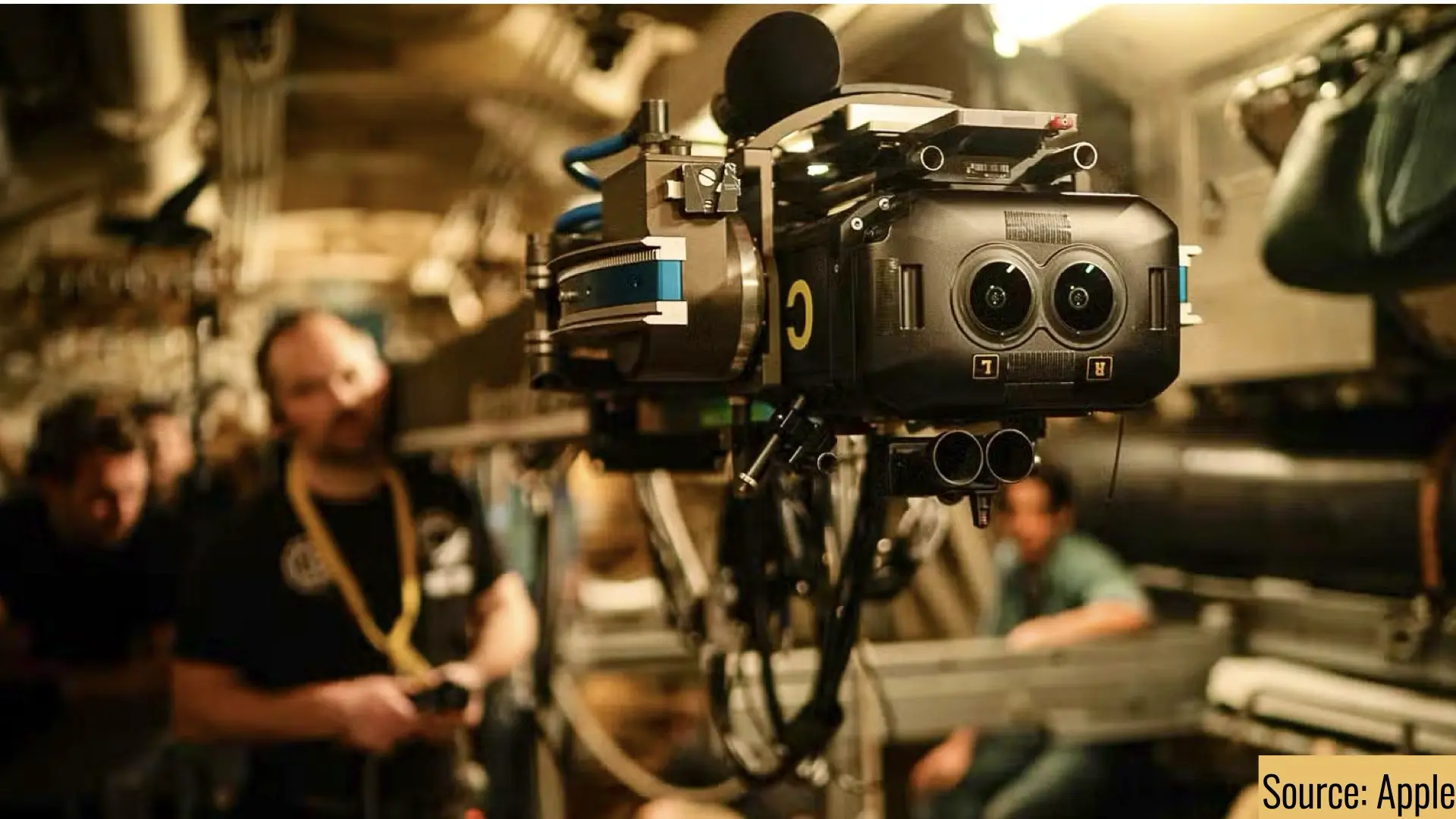
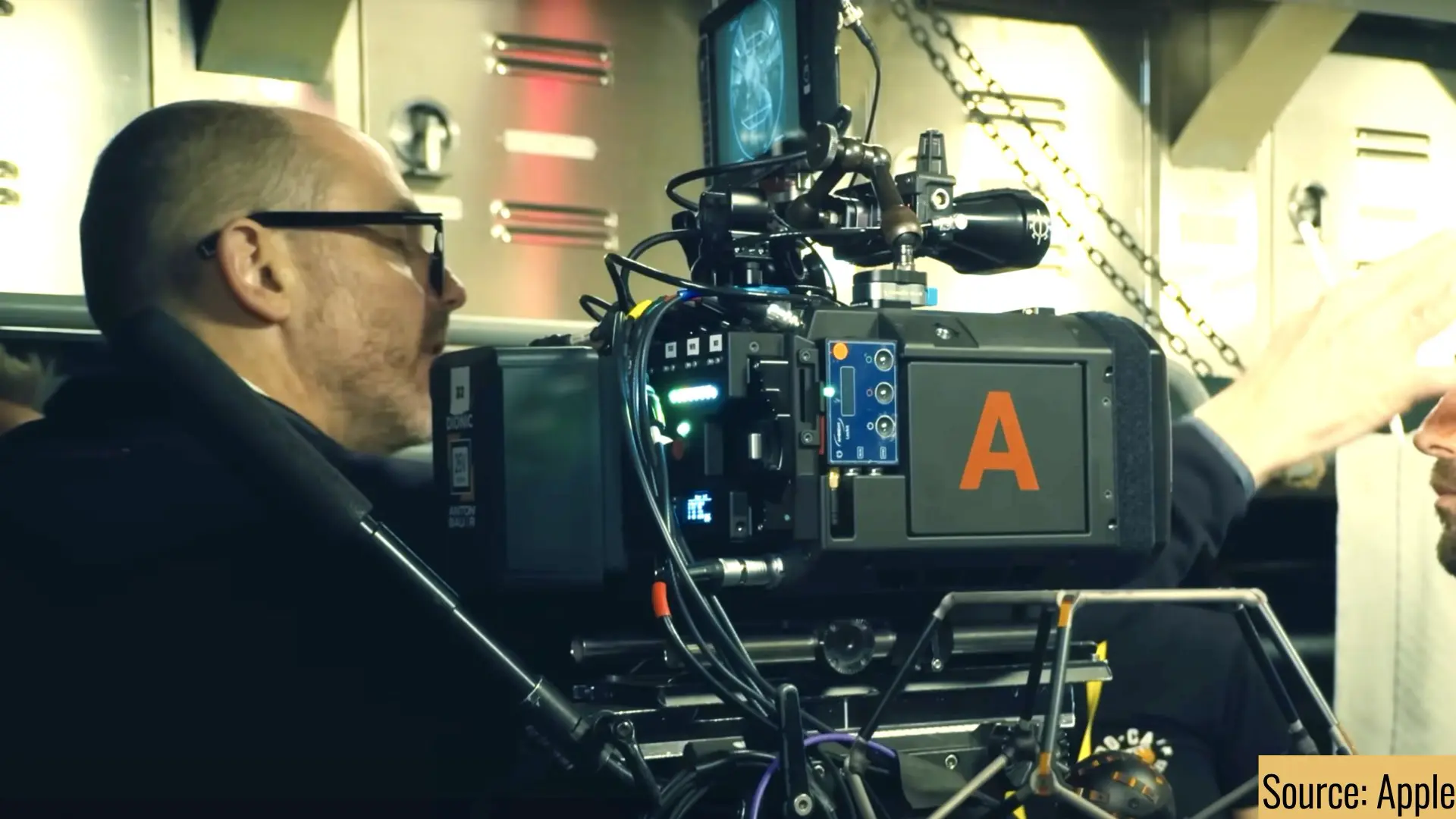
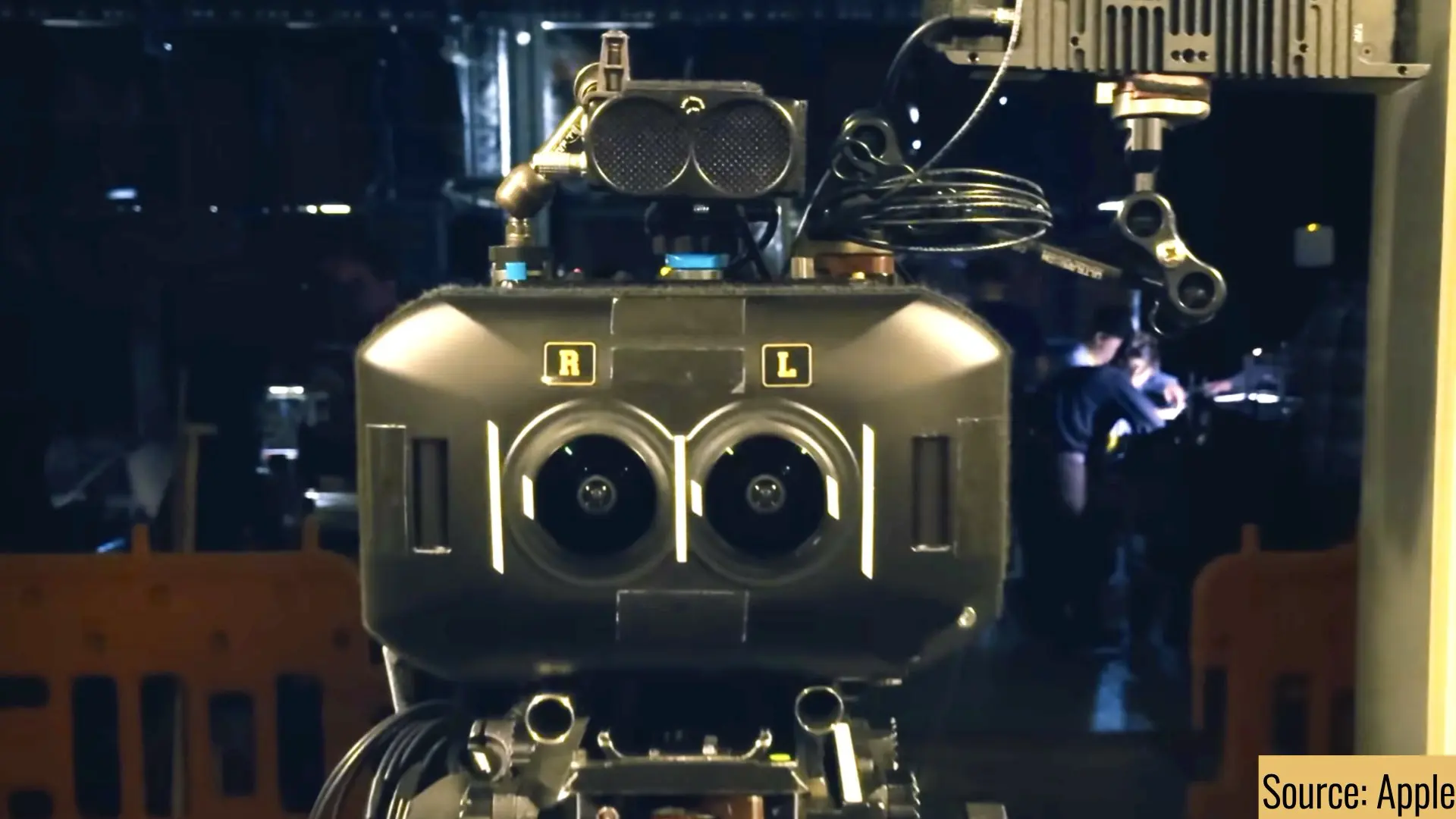
However, its high price, bulky design, health concerns, and limited integration into professional workflows have hindered its adoption. For filmmakers, IMAX enthusiasts, and video editors, the Vision Pro is not the game-changer Apple envisioned. Instead, it feels like a luxury accessory, one that professionals can admire from afar but are not likely to incorporate into their day-to-day workflows.
Tribute to Y.M.CINEMA 65
As we reflect on Apple’s ambitious Vision Pro, it’s worth considering how technology can sometimes fail to capture the imagination of professionals, who prefer old tools that are still the best. Unlike Vision Pro, which tries to innovate too far ahead of practical application, the Y.M.CINEMA 65 celebrates the enduring value of traditional filmmaking tools. Available at the Y.M.CINEMA Store, it serves as a reminder that while technology evolves, some aspects of cinema remain unchanged.

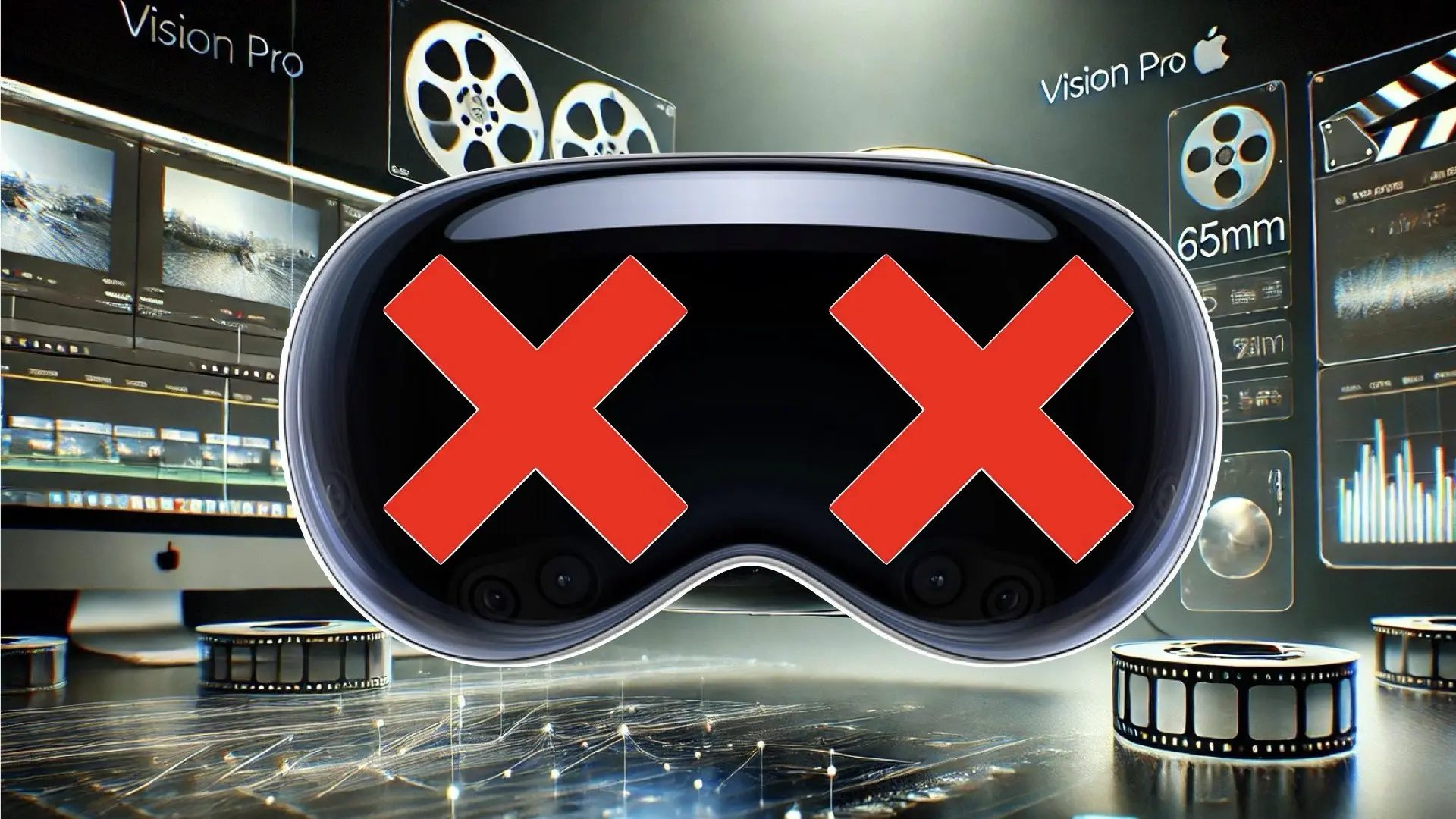
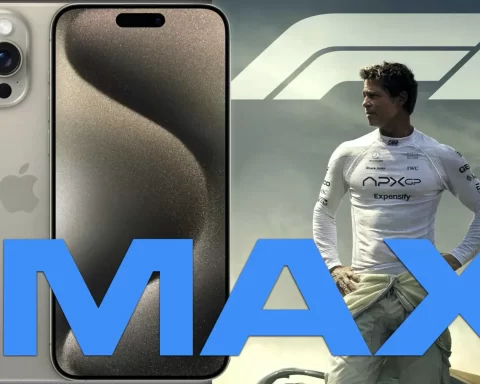
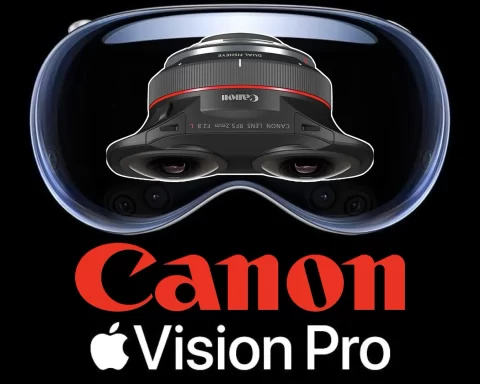
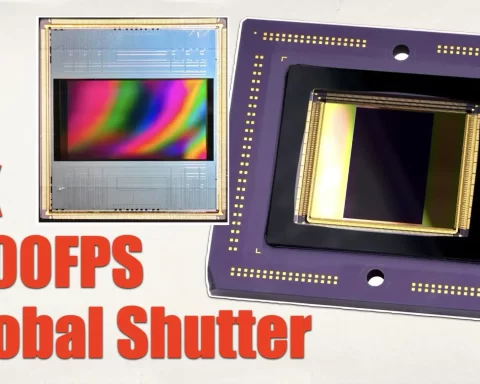

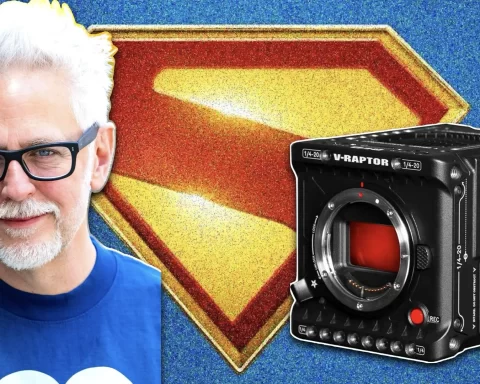
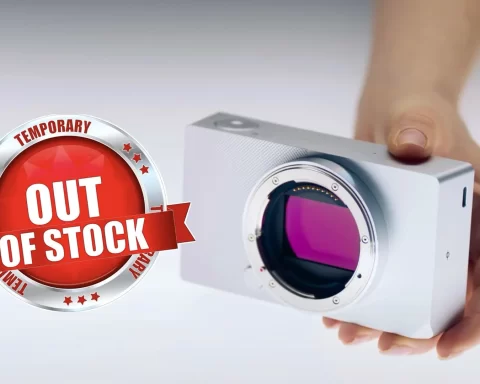
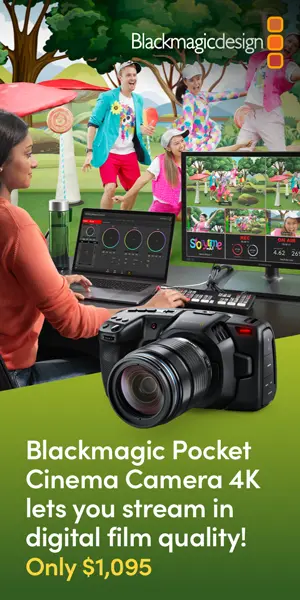
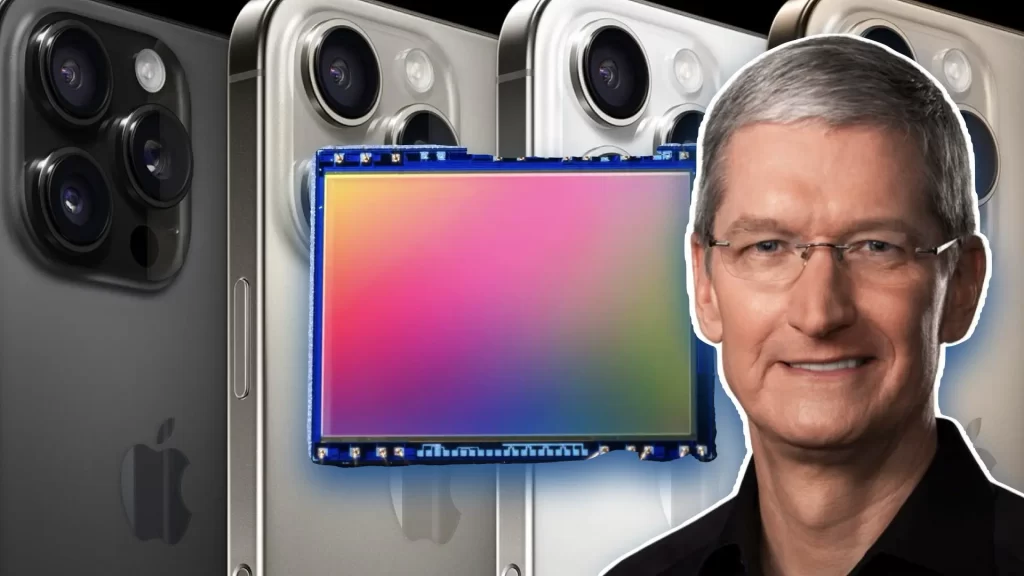
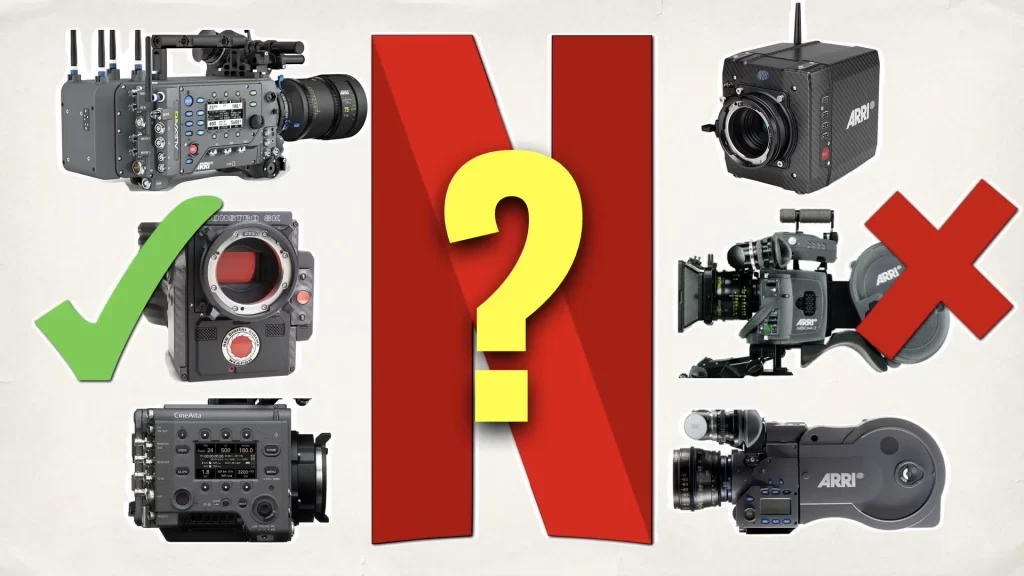
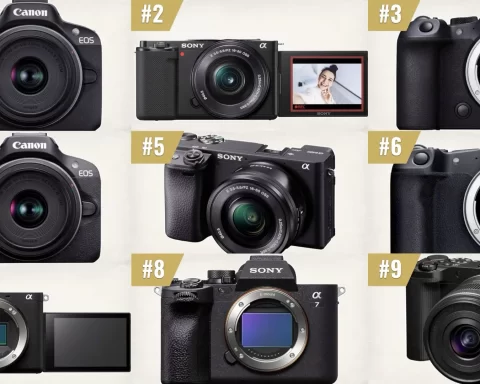

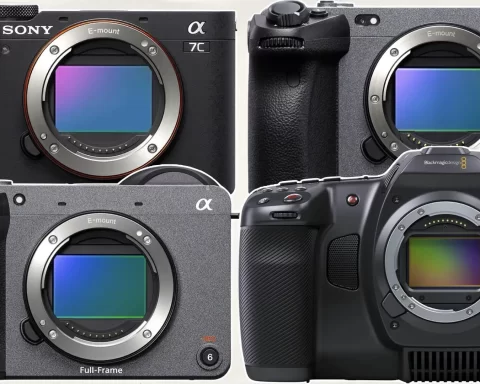
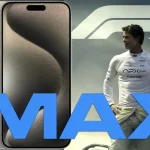
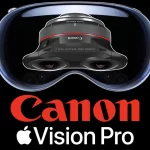
It’s clear that whomever wrote this article doesn’t own an apple vision pro. So, as someone who does, I can assure you, this device is everything I’d hoped it would be and more. Watching 4k, 3d films is nothing short of astonishing. Thanks to a recent 3rd party app, Screenlit, I can watch anything in mp4 format convert from 2d to 3d while I watch, using it’s built in AI.
For work related purposes, all I have to do is look at my macbook air, press connect and suddenly the screen will appear inside the headset in 4k, with the added bonus of being able to enlarge it to any size I want.
Furthermore, it’s quite a lot of fun to be able to view my curated photo library in spatial 3d.
This is a device that has only been on the market for a year and yet, I’m constantly blown away by it’s hint of the future.
Would I like there to be more apps and games, you bet! But much like the very first iphone, it’s going to take some time to build on it’s humble beginnings.
I agree with you. I just LOVE 3D content, and 3D will make a BIG come-back.
If Warren Buffett bought Apple stocks in mid Nov 2024 and he said he expects a 20% increase on his investment, I’d say Vison Pro will end up being a successful product. I just LOVE 3D and it will make a BIG come-back. Also, Blackmagic Announced the URSA Cine Immersive 8K 3D Camera for Vison Pro content.